Blog
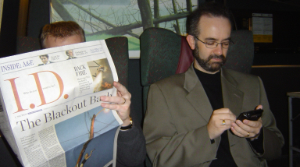
We grow up thinking power comes from having authority — from being the one who knows, decides, directs. But real power doesn’t rise with the title. It returns with the relationship. The moment I stopped trying to lead through control and started listening, rooms opened, trust formed, and influence became shared. Power in the living world isn’t dominance; it’s resonance. What happens when we stop performing leadership and start practicing connection?

We’ve been taught to see ownership as possession — a claim, a right, a wall around what’s “ours.” But life doesn’t work that way. We don’t belong through what we hold; we belong through what we’re connected to. Standing in front of my childhood home, I was reminded that relationship, not possession, is what makes something matter. Ownership in the living world is not control, but resonance — not exclusivity, but contribution. What happens when we stop defining ownership as having, and begin seeing it as the way we participate in the world we help create?
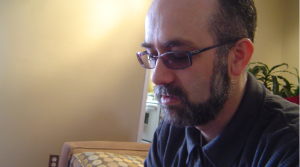
Part 3.2 of the Serving Life series examines the subtle architecture of control we refer to as governance. In this essay, José Leal asks what happens when governing becomes a way of managing people rather than serving life. From corporate boardrooms to public institutions, he traces how force — social, structural, and emotional — replaces trust and participation. Through the Life Lens, governance becomes something different: a living system of feedback, coordination, and care. It is not about control, but about how life organizes itself through relationship.
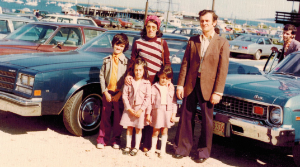
Part three of the Serving Life series begins to unmask the symbolic structures that govern our lives. This essay looks closely at the job — not just as employment, but as permission, discipline, and survival. From childhood cleaning offices to the executive suite, José Leal traces how jobs shape identity, compliance, and care itself. Through the Life Lens, contribution is no longer conditional. The future of work is not the absence of jobs, but the presence of shared purpose — a shift from employment to collaborative impact.
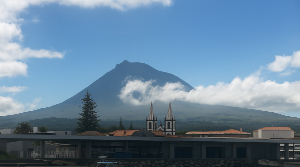
Money began as a way to coordinate life, yet it has become the story that defines it. This essay traces how symbols meant to serve life came to rule it — and how reconnecting our stories to life’s real flows can restore balance and meaning.
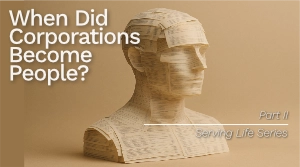
We’ve been taught to see corporations as people — rational, enduring, worthy of loyalty — even as the humans within them become replaceable. The disquiet we feel is life reminding us that no fiction can feel or care. A corporation cannot grieve, love, or breathe; it only persists. What happens when we stop serving immortal fictions and return our work to the living world they were meant to serve?
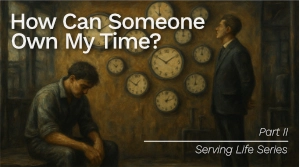
We’ve learned to sell our hours as if time were a thing we could own. But time isn’t a possession — it’s life unfolding. This essay explores how the story of “time is money” turned living rhythms into rented hours, and what it means to reclaim time as something shared, creative, and alive.
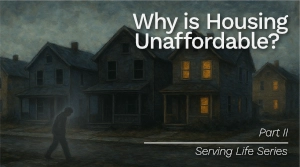
We’ve been taught to see homes as assets — investments to flip, properties to speculate on — even while families are pushed out and houses sit empty. The unease we feel is life reminding us that a home is not a balance sheet number but the ground of safety, belonging, and connection. What shifts when housing stops serving markets and starts serving life?

We’ve been taught to see people as “assets,” “headcount,” even “human capital.” The words sound ordinary, but they quietly reduce life to costs and outputs. Through a life lens, each person is not capital but a flow of being — alive with creativity, relationship, and contribution. Work becomes less about extracting performance and more about creating the conditions where life can flourish. What happens when we shift from managing headcount to serving human wholeness?
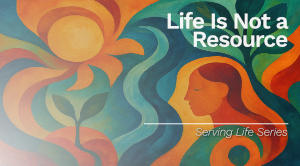
We’ve been taught to see life as ‘resources’—people as headcount, forests as inventory, rivers as assets. But the dissonance we feel is life reminding us it’s more. Through a life lens, work becomes a participation in living systems, rooted in meaning and renewal. What happens when we return to life as the ground of work?

What if the purpose of life is simpler than we think? Through deep conversations and insights from Antonio Damasio’s research, we've arrived at a profound realization: life exists to serve life. When we step outside that flow, we feel it—we sense the disconnect. But what does it mean to Serve Life? This is just the beginning of an exploration into what could change everything.